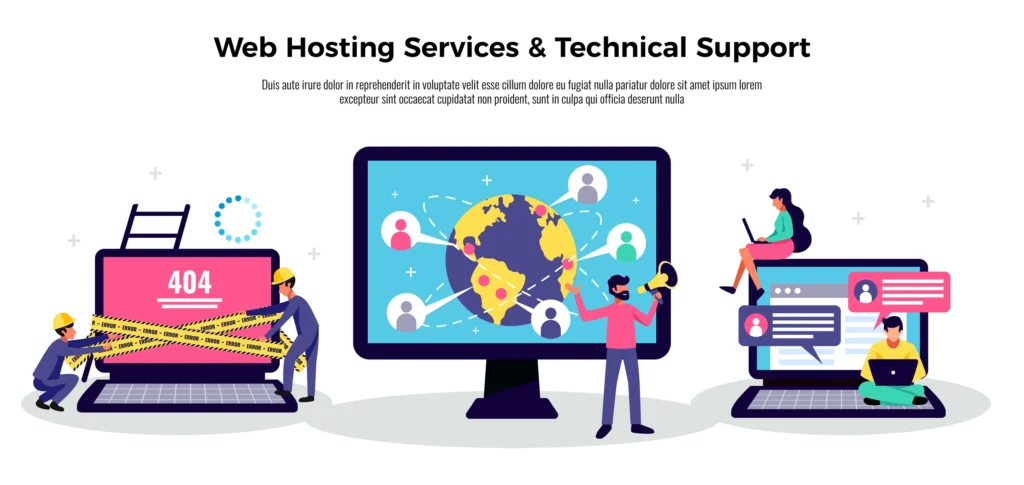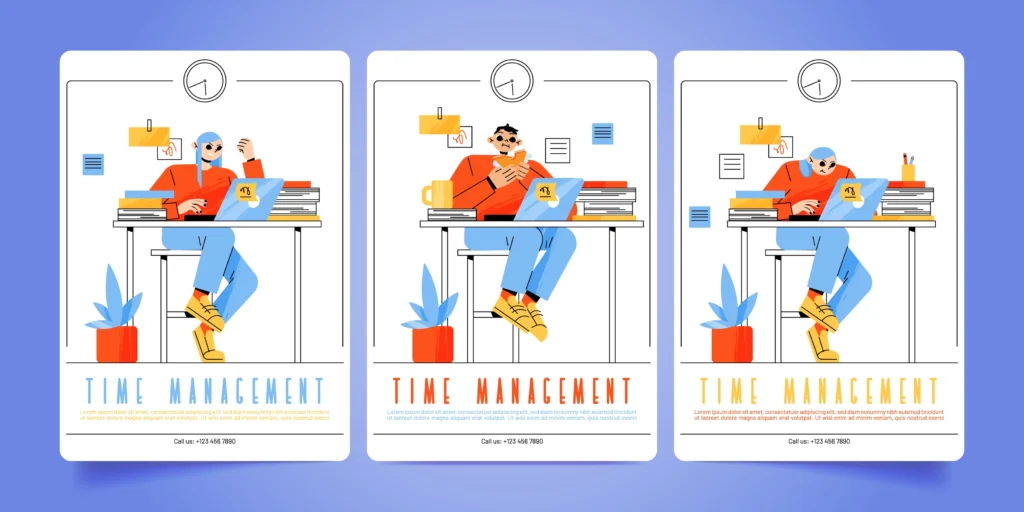1. Optimize Images:

Large images can slow down your website. To optimize images, you can use a tool like Smush to compress them without losing quality.
2. Use a Caching Plugin:

A caching plugin can speed up your website by storing static files like HTML, CSS, and JavaScript in the visitor’s browser. WP Rocket and W3 Total Cache are two popular caching plugins.
3. Use a Content Delivery Network (CDN):

A CDN stores your website’s files on servers around the world, which can reduce load times for visitors who are far away from your server. Cloudflare and MaxCDN are two popular CDN providers.
4. Minimize HTTP Requests:

Each time a visitor loads your website, the browser sends a request to the server for each file on the page. Minimizing HTTP requests by combining CSS and JavaScript files can speed up load times.
5. Enable Gzip Compression:

Gzip compresses files before sending them to the visitor’s browser, which can reduce file size and speed up load times.
6. Reduce Server Response Time:

Server response time can be improved by using a quality hosting provider, optimizing the website’s database, and minimizing the use of third-party scripts.
7. Use a Lightweight Theme:

n your website’s speed. Choose a lightweight theme that loads quickly and doesn’t have a lot of unnecessary features.
8. Use Lazy Loading:

Lazy loading delays the loading of non-critical content until the visitor scrolls down the page. This can reduce the initial load time and improve the user experience.
9. Optimize Your Database:

A bloated database can slow down your website. Use a plugin like WP-Optimize to remove unnecessary data and optimize your database tables.
10. Disable Pingbacks and Trackbacks:

Pingbacks and trackbacks can generate a lot of server requests, which can slow down your website. Disable them under Settings > Discussion.
11. Use a Content Delivery System (CMS):

A CMS like WordPress can help you organize your website’s content and make it easier for visitors to find what they’re looking for. This can improve user experience and reduce bounce rates.
12. Remove Unnecessary Plugins:

Too many plugins can slow down your website. Remove any plugins that are no longer necessary or that are causing conflicts with other plugins.
13. Enable Browser Caching:

Browser caching stores files on the visitor’s computer, which can speed up load times for returning visitors.
14. Optimize Your Homepage:

Your homepage is often the first page visitors see, so it’s essential to optimize it for speed. Use a plugin like WP Fastest Cache to minify CSS and JavaScript files and optimize images.
15. Monitor Your Website’s Performance:

Regularly monitoring your website’s performance can help you identify problems and fix them before they become major issues. Use a tool like Pingdom or Google PageSpeed Insights to monitor load times and identify areas for improvement.
In conclusion, a slow WordPress website can be frustrating for visitors and harmful to your search engine rankings. By following the tips outlined in this article, you can optimize your website for speed and improve the user experience. Remember to regularly monitor your website’s performance and make changes as needed to ensure your website remains fast and efficient.
